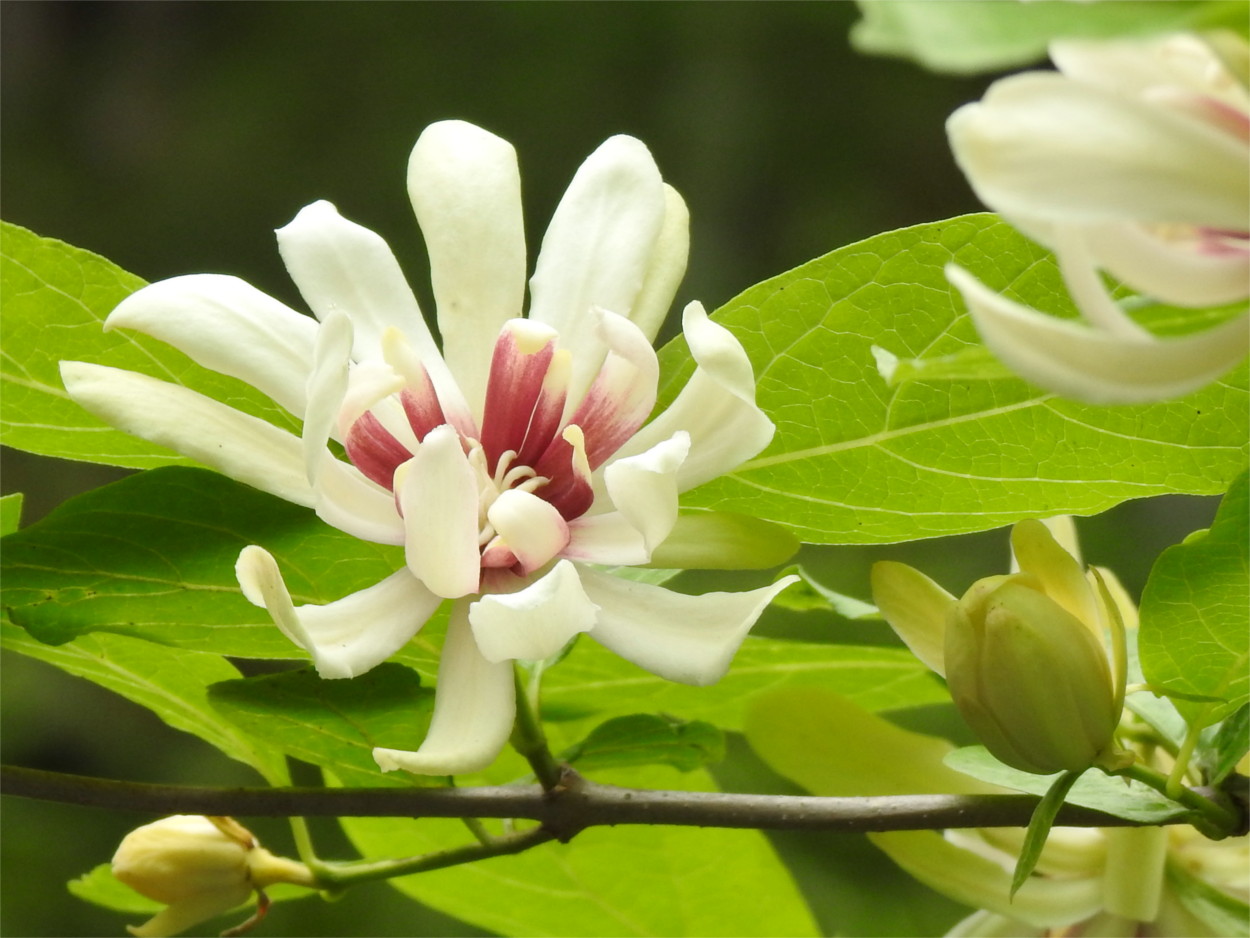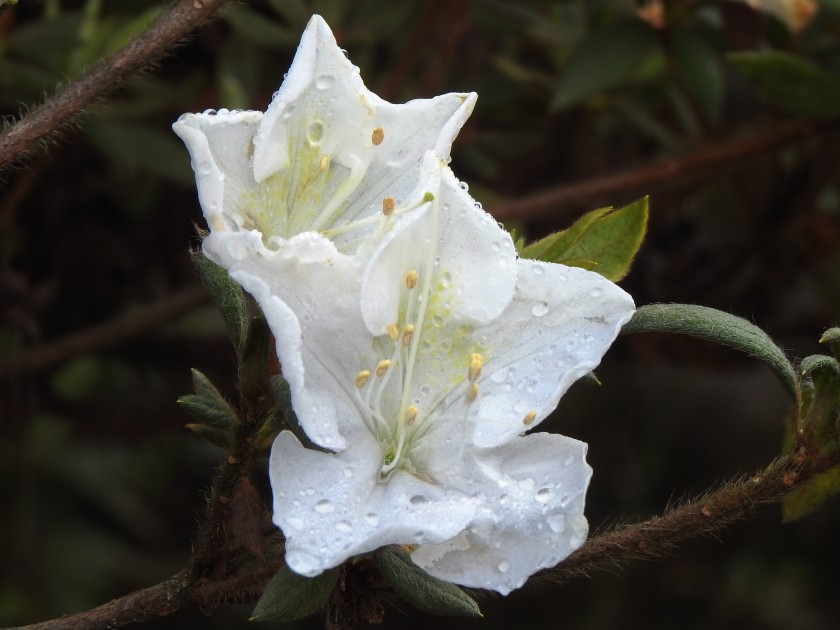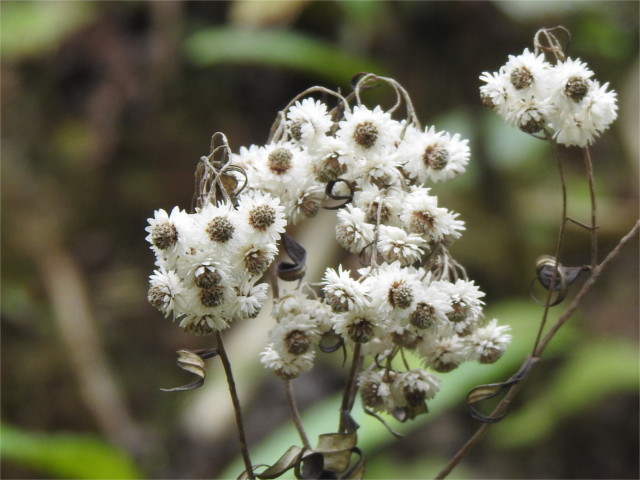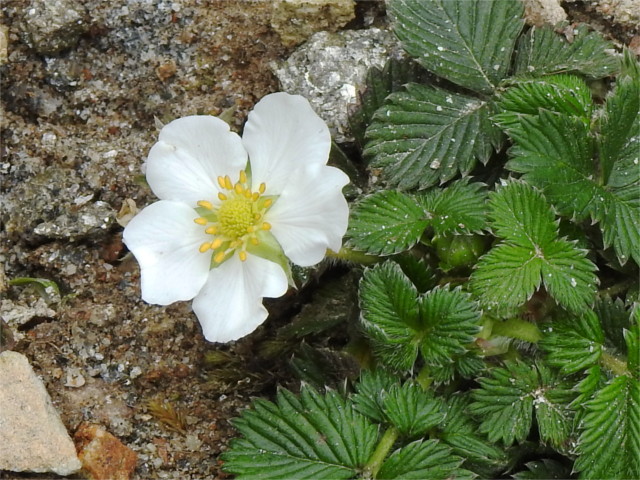The first garden we visited in Kyoto belonged to the Tenryu-ji temple in Arashiyama. It was a sunny day and the light was becoming mellow as we walked through the garden. Near the upper end I took a photo of this flower. I’m pretty sure it is a magnolia, but I don’t know exactly why. I guess the shape and texture of leaves is one reason, but is it also something about the flower? Lots of magnolia flowers are more cup shaped, but I’m almost certain I’ve seen this shape of a flower somewhere else in the wild. Have you? Or are you absolutely sure that this isn’t a magnolia?
Susan Rushton points out that I was completely off-track. This seems to be the cultivar called Venus of a sweetshrub (genus Calycanthus). The sweetshrubs are not a speciose genus, having only three members. If it wasn’t for the many cultivars, they would be very easy to identify.






